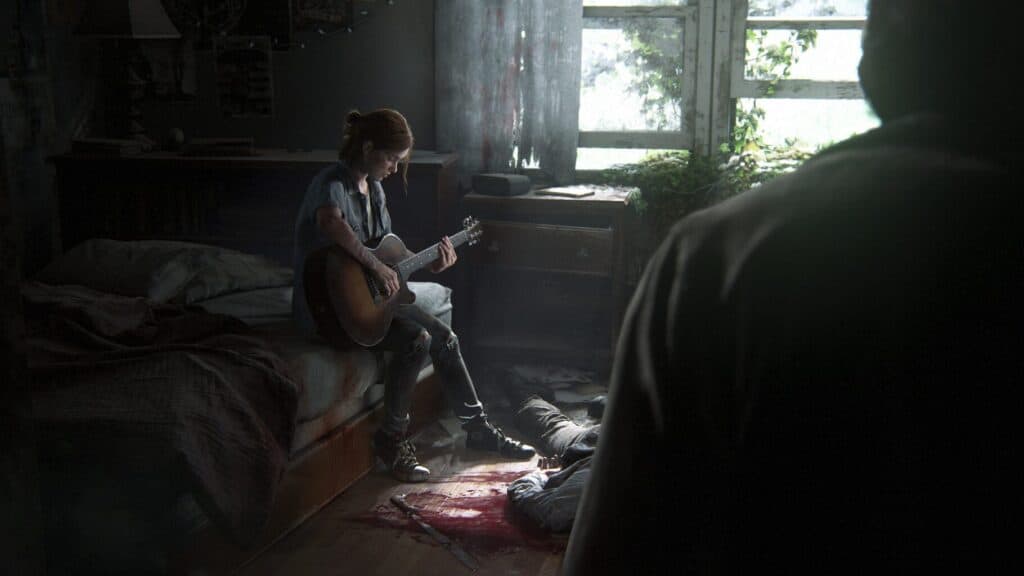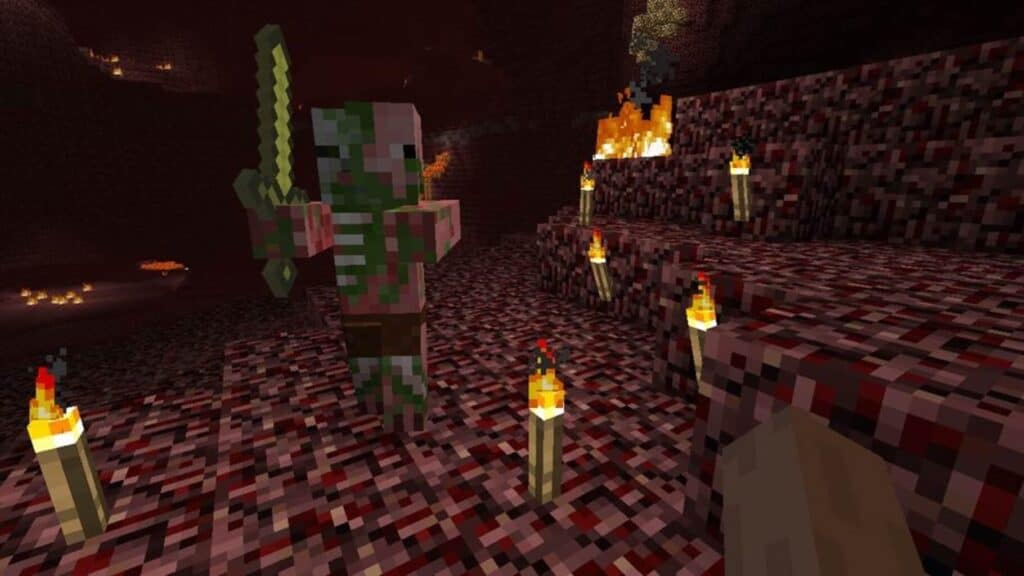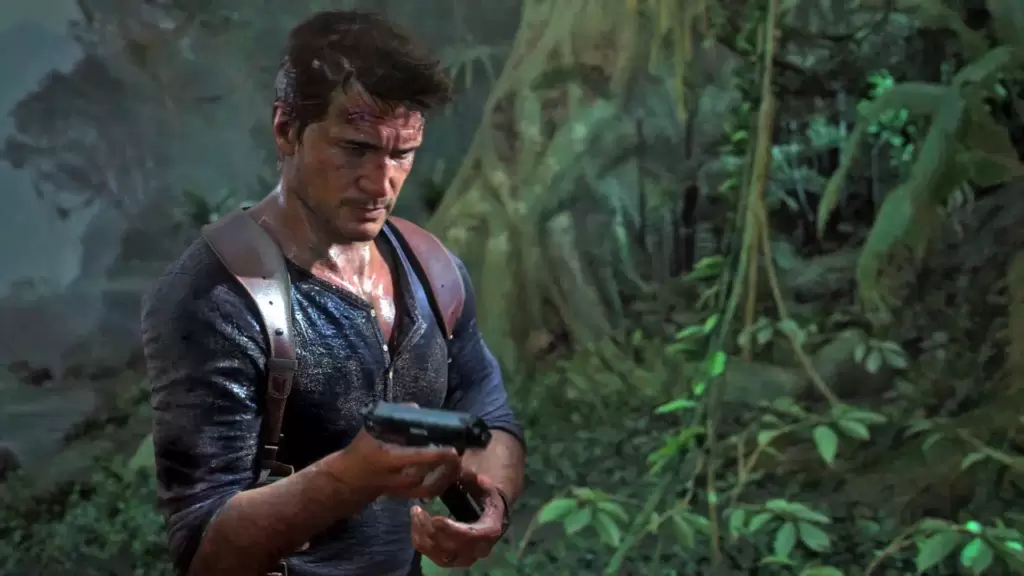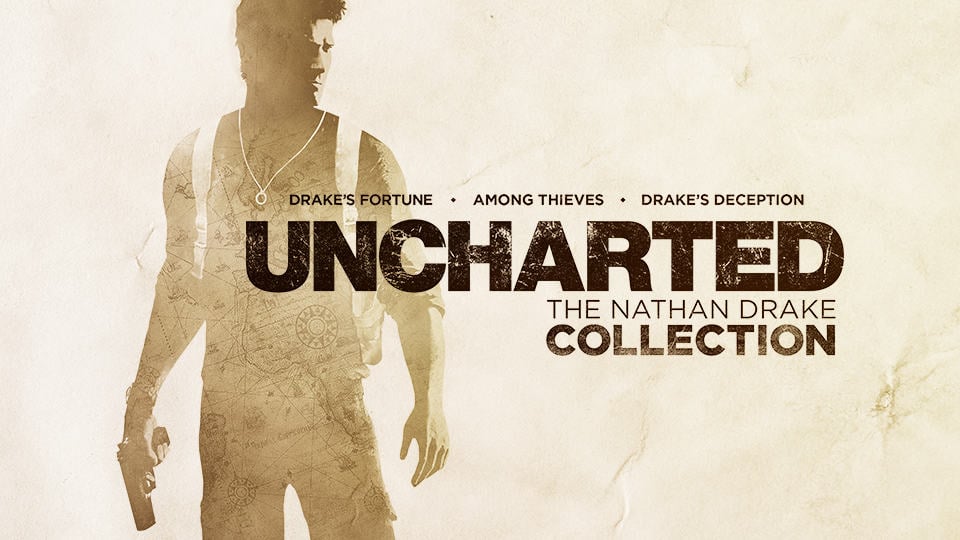It’s impossible to deny the story potential of video games, especially in this current generation. People may have seen the JRPGs of the SNES and PSOne eras fade into the background, but thanks to games like Half-Life 2, BioShock, the later Halo games, and the tragically underplayed Metro 2033. The first-person shooter has evolved into a platform for great and complex storytelling. And that’s not the only genre to dabble in the art of story; just about every game genre has had a go at it. Yes, even sports sims.
Storytelling Possibilities and History

There are several methods of storytelling in video games, and not all are created equal. In the PS1 era, the FMV cutscene emerged as one of the predominant means of delivering important plot points, and this carried largely over into the PS2/Xbox era. However, once the flashiness of the whole thing wore off, gamers began to tire of having to put down their controllers to watch the plot advance.
As gaming technology became more advanced and clever developers continued to refine their formulas, another type of storytelling emerged, a type that I will refer to as “storytelling through gameplay.”
There is already a lot written on this topic (you can read a pretty in-depth explanation here), but what it boils down to is that developers allow players to experience a game’s story at their own pace. Plot elements are revealed through exploration and discovery rather than static cutscenes. This is a type of storytelling that can’t be accomplished on a large scale in books, graphic novels, or films. Sure, you can study a scene from a film and often pick out additional plot details, but you can’t step inside the set and explore the world, walking out a doorway or digging through a dresser. Game developers can leave clues scattered about the game world so players can discover them and piece the plot together for themselves rather than have it laid out in simple terms.
The Emergent Story

Another type of storytelling through gameplay comes in the form of an emergent story. Minecraft is perhaps the best example of what I mean by this. When beginning Minecraft, a player will generate a randomly generated world in which to build, destroy, and survive. The game gives players absolutely no story whatsoever but simply lets them explore the landscape, encounter strange creatures and locations, and face conflict when encountering dangerous wildlife. If anyone has played Minecraft for a few hours, they’ve undoubtedly forged their own piece of a much larger story. This is why it’s so common for players to write about their Minecraft experiences in the form of a story. In fact, there was a piece already written called “Mining Minecraft” about a year ago.
The Elder Scrolls V: Skyrim is another game that allows for emergent stories. Several story elements are already scripted into the game, but the order in which these are tackled is largely determined by the player. In addition, randomly spawning dragons add to the emergent nature of Skyrim’s story. For example: “I was just returning to Riverwood with the merchant’s Golden Claw that I had reclaimed from some bandits. Suddenly, as if from nowhere, an ice dragon appeared.” There’s a great story there, and it’s one the player had some measure of control over.
Cutscenes are certainly still around, but they’re falling out of favor with gamers. In fact, far too often players will try to skip over a cutscene to get back to the gameplay rather than sit through it and enjoy the story. Remember the review of Hunted: The Demon’s Forge, any time a cutscene would come up, my co-op partner would instantly start mashing buttons hoping to get back to some gameplay. I was forced to go back on my own through various parts of the game to re-watch some of the earlier cutscenes.
Storytelling Through Gameplay
Storytelling through gameplay is almost always better than forcing players to sit through cutscenes. The reason: when we sit down to play a game, we want to play a game. If we wanted to watch a movie, we’d go on Netflix or pop in a DVD. Storytelling through gameplay is, by nature, more “gamey.”
Of course, there are exceptions. For example, Metal Gear Solid 4’s spectacular ending simply wouldn’t have worked through gameplay. In fact, it could be argued that video game storytelling couldn’t have evolved to the point it has today if cutscenes had not been integrated into gaming.
Where Developers Need Help

But developers need to be aware of instances where gameplay trumps cutscenes. In fact, oftentimes short cutscenes spliced together with gameplay can be an incredibly effective formula. The Uncharted series has shown an uncanny knack for delivering on. However, Uncharted is also remarkably good at delivering story elements through gameplay. (This is something already explained a while back in this column.)
Still, the cutscene is a fading trend. As gaming continues to evolve, developers are learning how to better provide experiences that are more game-like than movie-like, and this is a good thing. Games need to be allowed to just be games, after all.
*The views expressed within this article are solely the opinion of the author and do not express the views held by Cheat Code Central.*
The image featured at the top of this post is ©Promotional art for the Uncharted collection..
